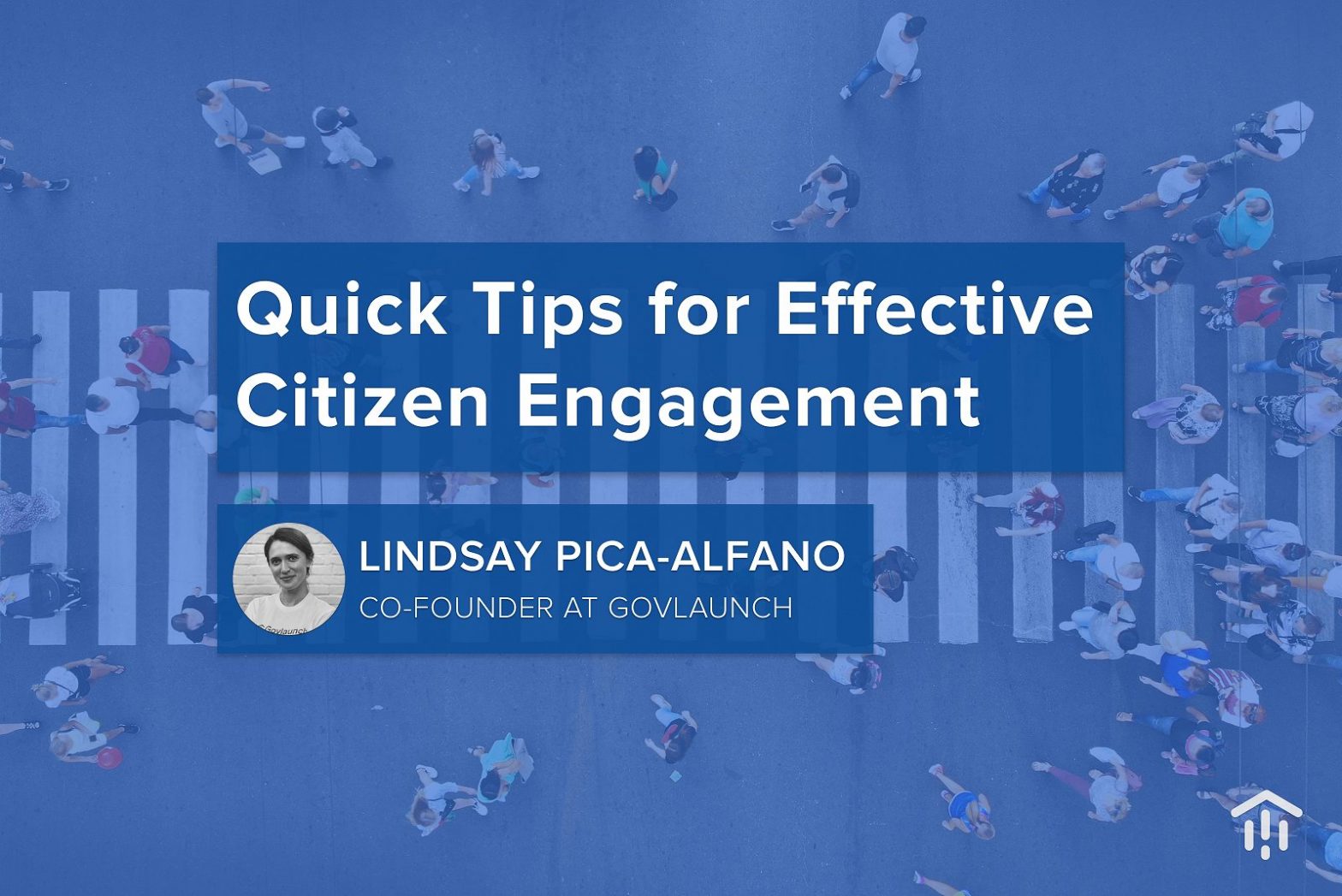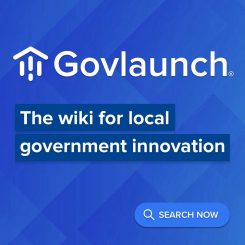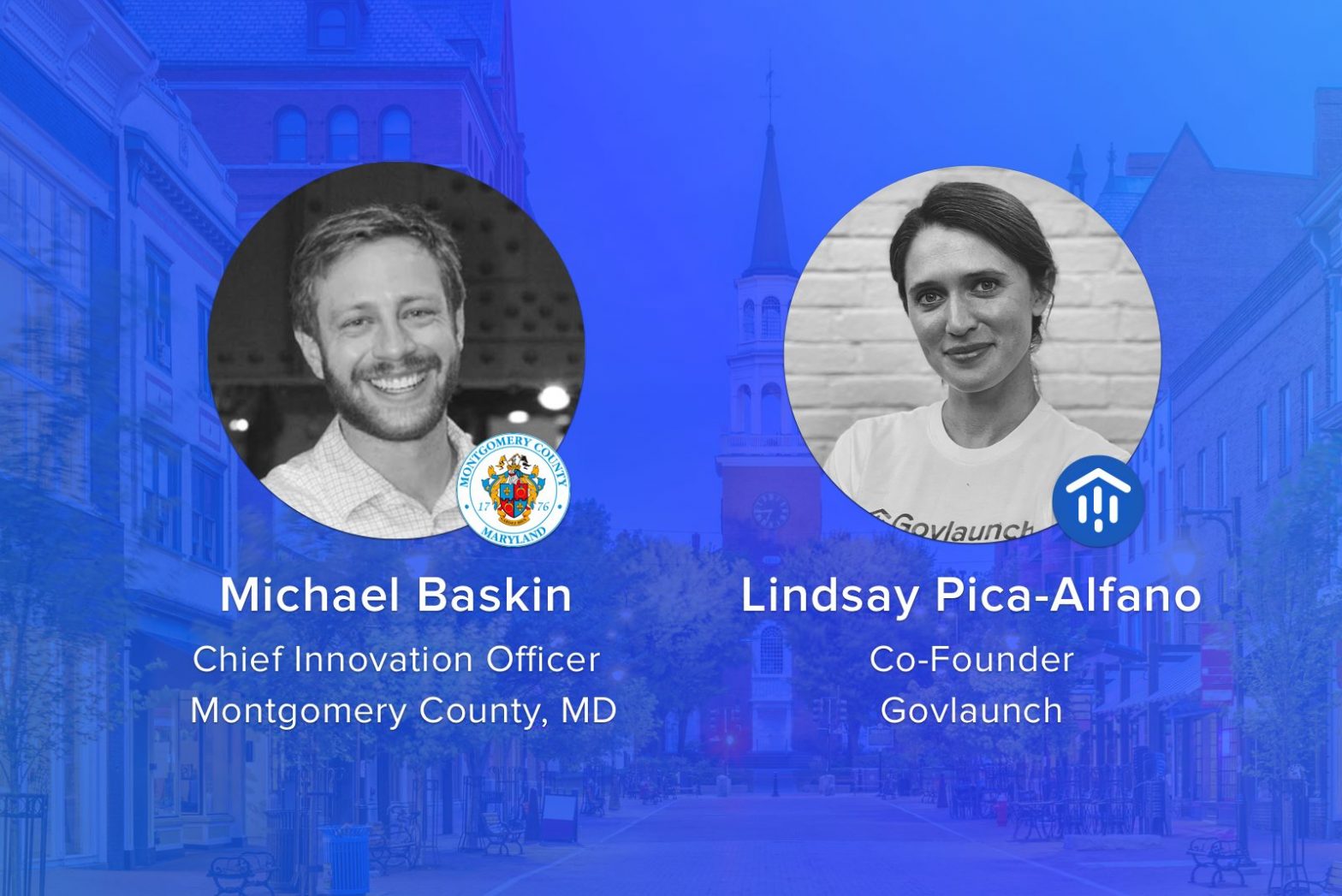
Quick tips for effective citizen engagement
01 March 2021
What’s the secret to a successful local government? An engaged citizen base.
The challenge is, citizens aren’t always lining up to participate in local government affairs. Cities and counties have to work to keep their communities involved and informed.
When it comes to interacting with constituents, there’s no one-size-fits-all answer. The unique needs, behaviours and preferences of your community need to be taken into account. That said, there’s an arsenal of best practices that any local government can turn to when creating a communications strategy that works for employees, and most importantly, those that local government serve. Let’s dive into a few.
1. Go to your constituents — don’t make them come to you
A fancy engagement platform is worthless if people aren’t going to use it. Take the time to understand how willing your citizens are to adopt new platforms and tools, or if it’ll be more successful to integrate into something they’re already using.
Demographics play a significant role in the medium residents use (or are willing to use) to communicate and obtain information. Some cities, such as Minneapolis, MN and Tampa, FL, are turning to Tik Tok to engage with younger residents. Others, such as Clark County, NV, are coupling digital options with in-person services, understanding that different segments of the county’s large population will have different engagement preferences.
2. Make it easy for people to find the information they want
Local governments are now using technology to more effectively engage with citizen requests and enable residents to quickly find the information they’re looking for. This includes voice technology to automate phone-based information, as well as artificial intelligence and chatbots to quickly answer or log residents’ feedback. This cuts down on costs, speeds up response times, and frees up public servants to focus on more complex tasks.
3. Understand how you’ll analyse and act on feedback before you ask for it
If you’re polling your community, engaging on social media, or otherwise asking for input from citizens, it’s important to have a full-process plan before you begin. Asking the public for input and then NOT acknowledging it can do more harm than not soliciting input in the first place. This is where it’s helpful to use a CRM or platform to manage engagement, and ensure citizens are getting a timely and accurate response.
4. Make sure engagement efforts are inclusive and available to all citizens
The more members of the community who are brought into the local government process, the stronger the local government. Including voices from all parts of the population is vital to create a fair and inclusive government.
Sometimes this means translating government proceedings to help non-native speakers understand, like how Asheville, NC is live-translating local meetings in Spanish and Russian, or accounting for accents, like Aberdeen, GB’s incorporation of the Doric dialect into its chatbot. Other efforts are aimed at increasing the accessibility of websites, apps, and other local government communication devices. This type of work is happening across the world, from Bracknell Forest Council, GB to Cockburn, WA to Portsmouth, VA.
At the end of the day, citizen engagement is about relationship-building, and relationships take work. The most engaged communities aren’t those who launched one flashy app or host a popular event and then disappear. They’re the places that know how to speak to their residents, and who do so on a regular basis.
Interested in learning more about how your local government can improve citizen engagement? Check out Govlaunch’s free resources, including its newly released Citizen Engagement Guide and Govlaunch Podcast.





